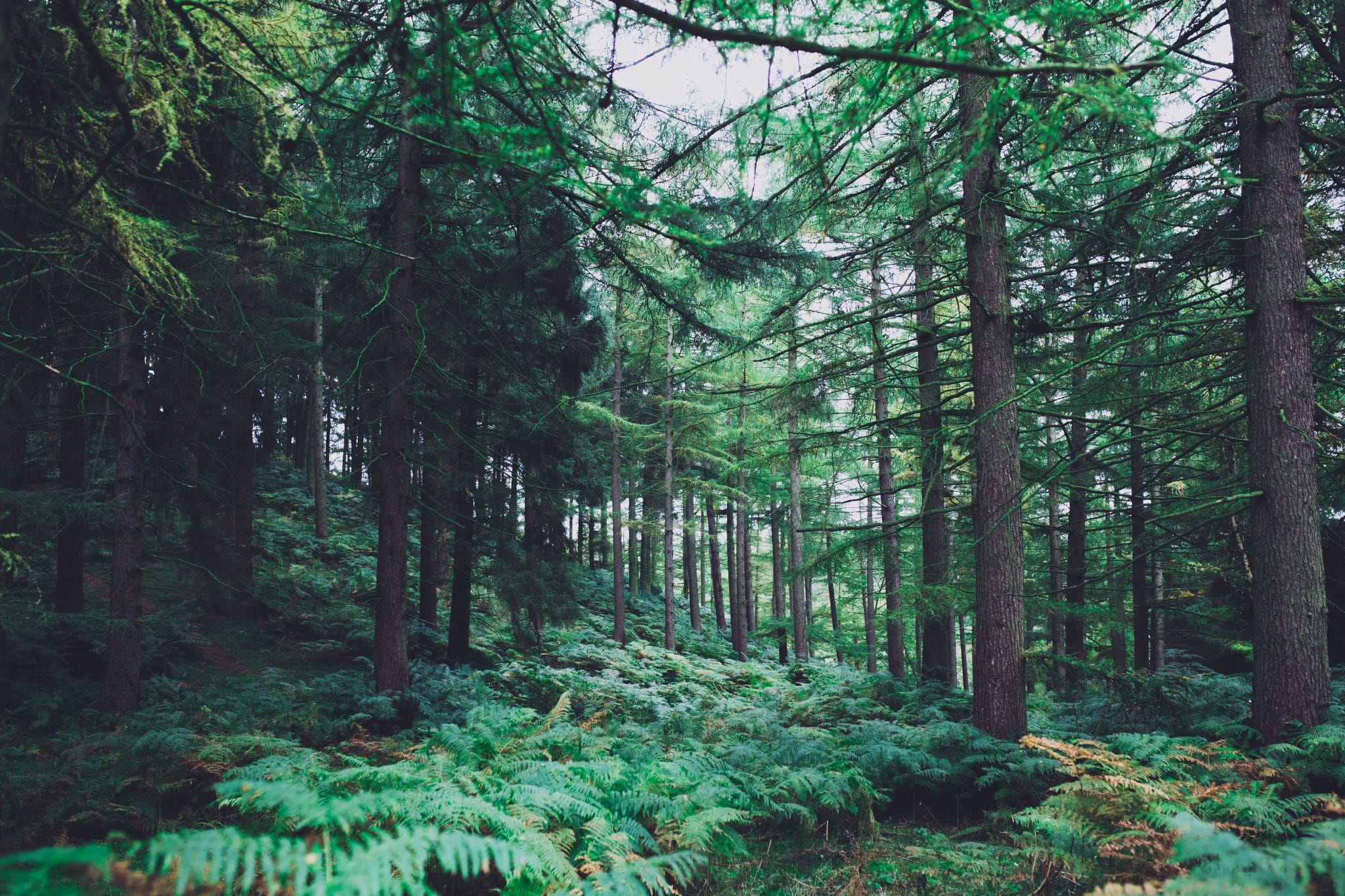Do you feel an inner peace when you’re out and about in nature? Like working with your hands? Interested in helping with conservation efforts to preserve our parks, forests, and other natural resources? With a forestry major, you can go on to careers in the forestry and logging industries; for state or federal government agencies such as the National Park Service, US Forest Service, or Bureau of Land Management; for NGOs with environmental leanings; or with local and regional lawmakers committed to making public policy regarding the forest environment. Depending on the career you ultimately select, you may spend your workday figuring out which trees are sick or damaged, coming up with a plan to clear forest land that’s been damaged by fire or insects, making sure forest activities comply with government regulations—maybe even planting a sapling or two.
What do forestry majors study?
The beauty of deciding to major in forestry is that there are options for all different educational levels. If you go for an associate’s degree, for example, you may expect to find work as a game warden or forest technician, while a bachelor’s degree can open up more supervisory positions, including a forest manager or fire supervisor in wildfire-prone areas. A master’s degree goes one step further and has you specialize in a certain niche, such as conservation or environmental science, allowing you to take on even greater responsibilities and the paycheck that goes with that.
Courses you should expect to take across the board, in addition to any general-education classes, include those focusing on ecology and ecosystems, anything to do with the maintenance and use of forest land (e.g., pest and fire control, recreational use, forest-derived products), hydrology, wildlife management, surveying, geology and soil science, and policies on natural resources.
So where can you expect a forestry major to lead you?
There are various jobs for every degree levels.
In addition to the previously mentioned options, you can choose to pursue the following careers, among others:
- Firefighter
- Natural resource specialist
- Forestry educator
- Park ranger
- Water quality specialist
- Arborist
- Land management supervisor
- Urban forester (taking care of forested areas in city environments)
Salary prospects are promising.
Jobs such as logger or forest technician typically make between $35,000 and $40,000 (the median salary as of 2016), but the median annual salary for a forester jumps much higher, to nearly $60,000. Take on a managerial or supervisory role and you may see that paycheck grow further.
If you love the great outdoors, you’ll have found your bliss.
You may end up in the type of job that requires you to put in time in an office or cubicle—almost every forestry job these days requires some time in front of the computer, even if it’s just to enter the data you culled while digging in the dirt—but depending on the forestry-related job you end up choosing, you may be spending much of your workday outside. While this can often prove strenuous and labor-intensive (and may require you being outside in all sorts of weather), if you’re the type who needs a daily dose of vitamin D, this may be the soul-soothing field you’re looking for.
If you’re doing an outdoors job, the dress code will likely be casual.
If you’re a park ranger or work for a government agency, you may have to wear a uniform, but if you’re tasked with doing fieldwork or otherwise performing in an outdoors capacity, you might be able to spend your workdays in jeans, a T-shirt, and work boots. Basically, every day becomes casual Friday.
You’ll be helping the environment.
The Earth is precious, and in whatever forestry role you undertake, you’ll likely be advancing efforts to keep its natural resources safe and its parks and forests beautiful, healthy, and safe for the public to enjoy. You’ll be helping to keep trees and plants free of disease, working with conservation scientists, farmers, and agricultural experts to find the best use for different plots of land, and helping prevent and control wildfires where they’re most likely to break out.



